Syracuse University Florence: 1959-present
At the direction of Dr. Sasha Perugini, Director of Syracuse University Florence since 2011, this archive was created to serve as a tribute to the Gigliucci family and to their beautiful Villa Rossa which since 1959 has welcomed hundreds of students to Florence each year. Through the The Villa Rossa Archive, Dr. Perugini wishes to present a treasure of historical documents and photos that narrate the history of the Gigliucci family and their beloved villa while bringing to life the story behind the Syracuse University Florence program itself.
Many people have contributed to this project through the years and we trust that the work of conservation, celebration, and appreciation will continue. Special thanks go to Betsy Purvis, whose booklet The House of Gigliucci in Florence at Villa Romana and Villa Rossa (1999) has been used here to narrate the history of the Gigliucci family the foundations of the Villa Rossa and the origins of the Syracuse University Florence program.
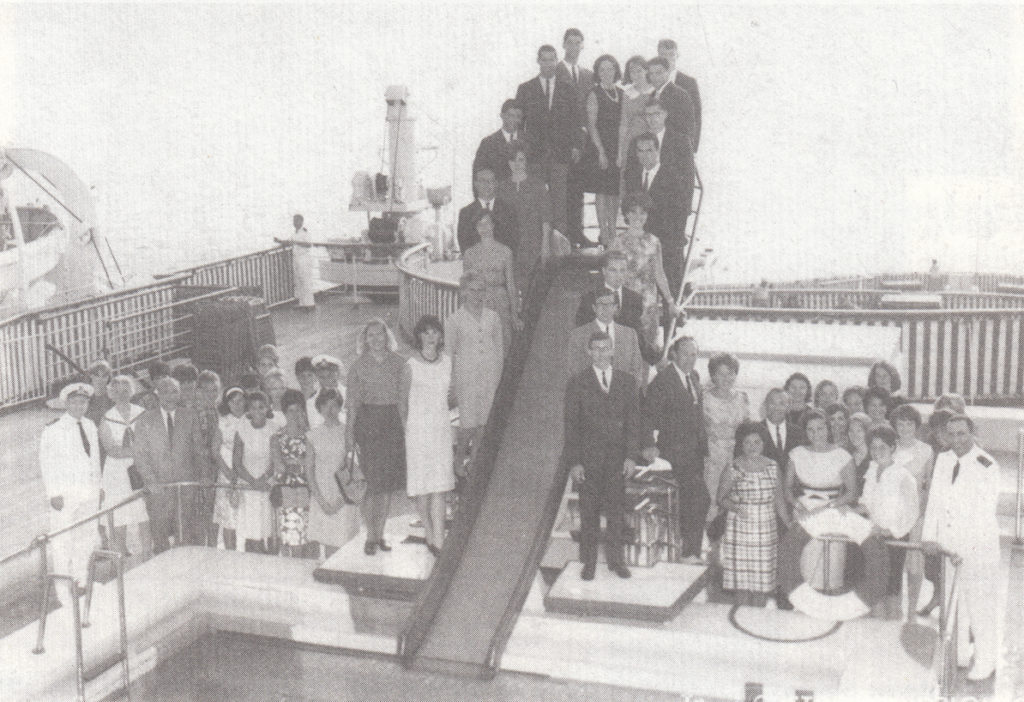
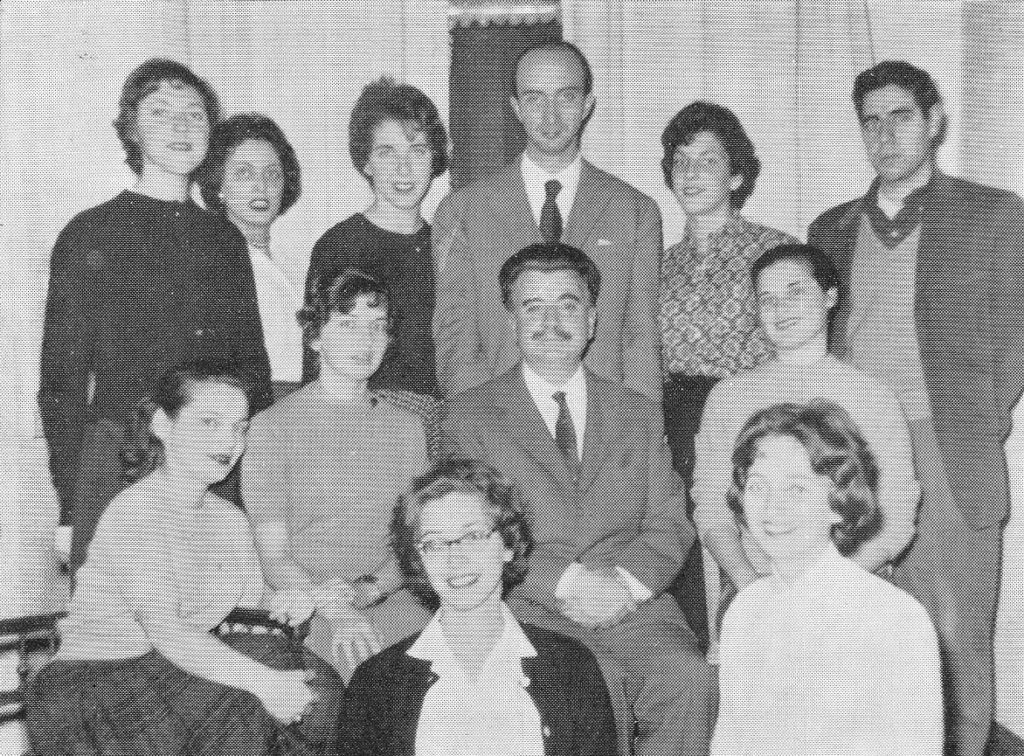
Spring 1963
On February 9, 1963, Nerina, the oldest of the Gigliucci siblings passed away. Donatello and Bona decided at this point to sell the family villa to Syracuse University on the condition that La Contessa could continue to live out her life in the apartment on the top floor. The excellent rapport between the university and the contessa made this arrangement possible.
Fall 1964
In the fall 1964 semester, Syracuse University launched the Florence Graduate Program in Renaissance Art (today known as the M.A. in Italian Renaissance Art).
Fall 1966
On 4 November 1966, the worst flood in Florence’s history submerged the city in up to 22 feet of water.
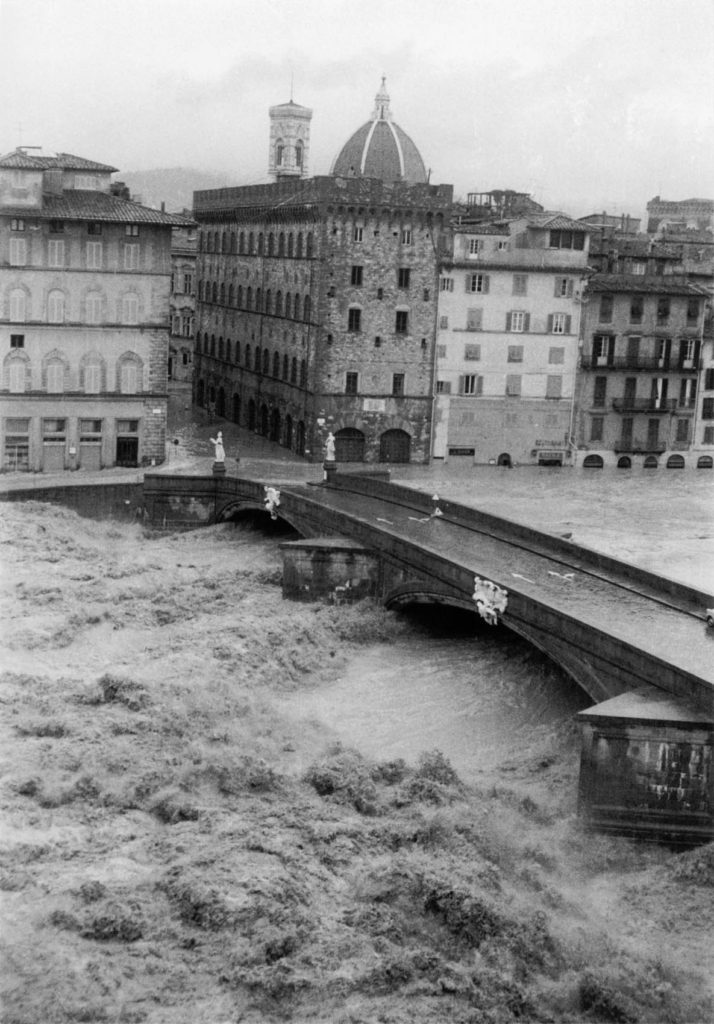
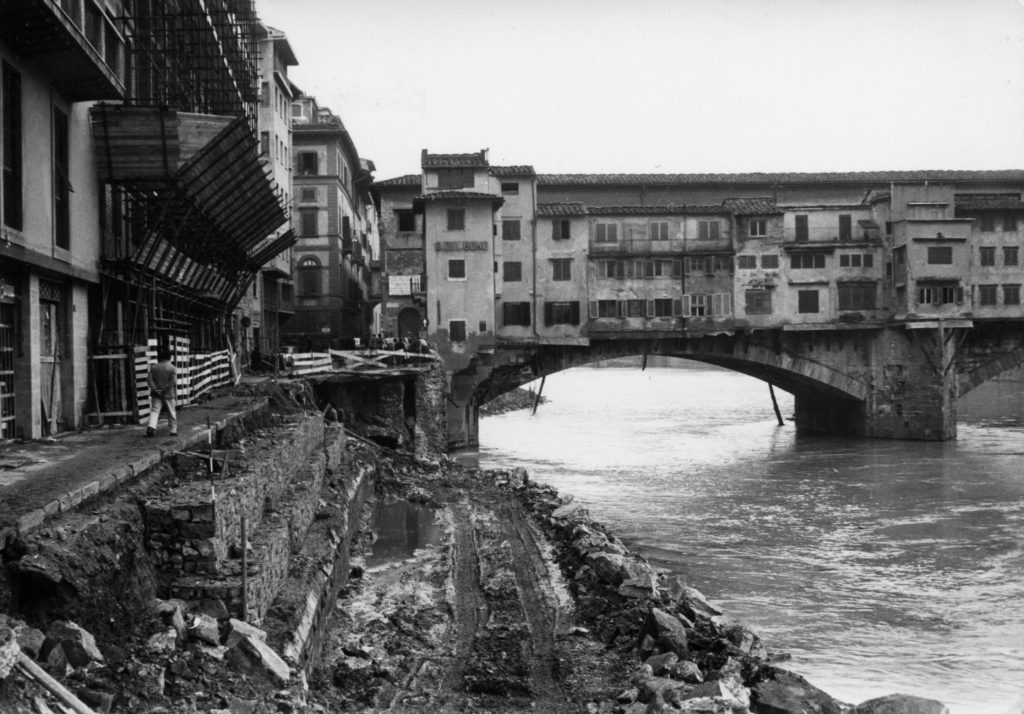
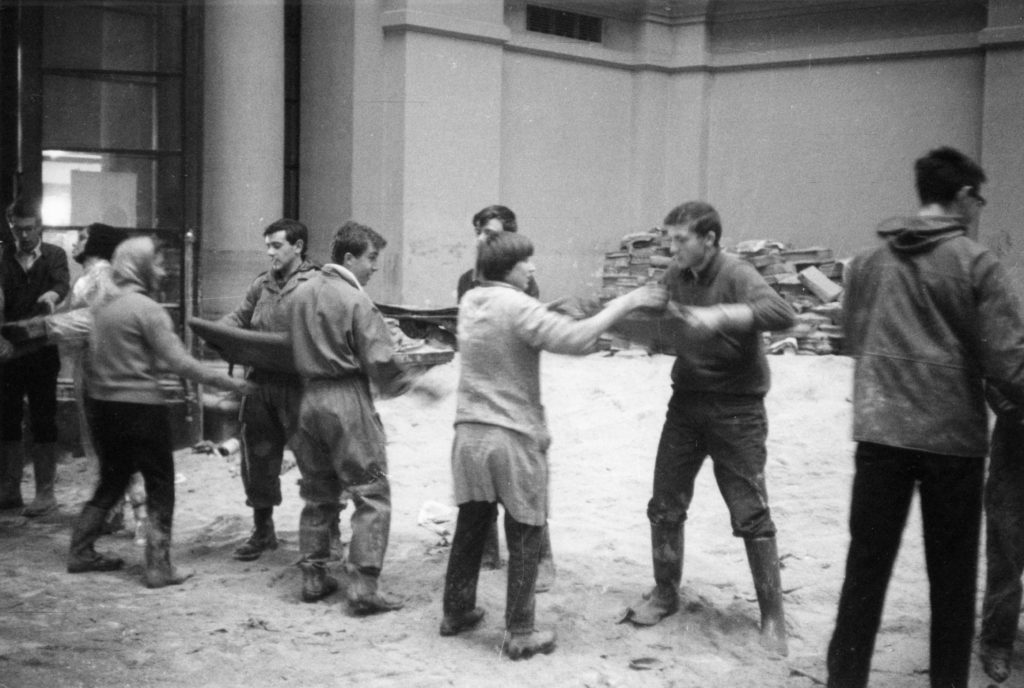
From the beginning, Syracuse students had engaged with their host city not only in the classroom but outside as well. At the time of the ’66 flood, students joined with other Angeli del Fango (or Mud Angels) from all over Italy and Europe to take part in the arduous task of cleaning up the city and salvaging its damaged treasures.
Fall 1979
In fall 1979, the SU studio arts program was created and studio space was rented in Piazzale Donatello, two blocks from the Villa Rossa in Piazza Savonarola.
Fall 1980
In fall 1980, the Syracuse University School of Architecture Florence program was created. Studio spaces were originally rented at different times in Piazza Santo Spirito, Piazzale Donatello, and Via Buonvicini. Since fall 2002, the Architecture studios have been located at Piazzale Donatello, n. 25.
Spring 1982
Countess Bona Gigliucci died in February 1982 leaving Syracuse University as sole owner and occupant of the Villa.
Those who knew “la Contessa,” remember her most fondly for her graceful and jovial presence, her generosity, her admiration and affection for those who came to teach and study in Florence. Throughout the twenty-two years that the Contessa shared the villa with Syracuse University, she regularly descended from her apartment to meet the new students and faculty, setting a gracious tone of welcome and elegance that she sustained throughout the school years with occasional teas and meals for directors and faculty. Her cosmopolitan nobility, so characteristic of the Gigliucci family, were an inspiration for the young Americans experiencing Europe and Italy for the first time.
Spring 2000
In spring 2000, SU purchased the Studio Arts building in Piazzale Donatello 21.
Spring 2001
In spring 2001, the university purchased the Villino building. Renovation of the garden began in 2002, while renovation of the Villino began in 2004.
Fall 2002
Meanwhile, the Architecture program moved from its studio and office spaces in Via Buonvicini to its current location at Piazzale Donatello n. 25.
Fall 2005
In the fall 2005 semester, the library, faculty offices, and former Media Lab moved into the newly renovated Villino. An opening in the wall between the two properties has connected the Villino and its Dependance to the Villa Rossa and Annex buildings via the lovely Villa Rossa garden ever since.
Fall 2009
In fall 2009, Syracuse Florence celebrated its 50th anniversary with the participation of Harold A. Vaughn, the first director of Syracuse University’s “University College Office for Foreign Study Programs” (precursor to the Division of International Programs Abroad, today known as Syracuse University Abroad). Harold was joined by his wife, former Italian department coordinator and teacher, Maria Pia Vaughn.
Spring 2013
In spring 2013 the Sustainable Food and Garden project, originally funded by Syracuse alum Mary Jo Weinig, was launched at SU Florence by Professor Richard Ingersoll.
Syracuse Florence’s first “nomadic garden” in front of the Villa Rossa Annex.
Fall 2014
In fall 2014, the Fine Arts Graduate Program celebrated its 50th anniversary
2014-2015
In fall 2014 and spring 2015, the first STEM course were offered at Syracuse Florence. A course in earth sciences and five courses in engineering mirror those on the home campus thus giving STEM students with rigid curricular requirements the opportunity to study abroad.
2016
In 2016, the food studies cluster was expanded to include new courses in sustainable food systems.
Three courses were offered in design for the first time at Syracuse Florence.
The field studies program was modified to offer all-school field trips outside of traditional tourist destinations.
Spring 2018
In spring 2018, Syracuse Florence was chosen as the flagship program to represent SU Abroad in the university-wide Middle States Review process. The program’s success contributed to the University’s re-accreditation.
Spring 2020
On February 25, 2020, Syracuse Florence program director Sasha Perugini announced that the program was being suspended effective immediately due to the rapid spread of the COVID-19 Coronavirus and the concomitant possibility of border closures. A massive operation went into effect to assist over 340 spring semester students leave Italy and return to their countries of residence. Syracuse was one of the first programs to take such measures, but it was a decision that other programs would soon follow. Courses would resume remotely on March 16 and continue to be taught online for the remainder of the semester.
2020-2021
Due to lockdowns and travel bans around the world, the summer 2020 and fall 2020 semesters were cancelled. In mid-March 2021, a small group of 20 architecture students and 6 art history graduate students arrived in Florence to attend the second half of the spring semester on campus.
Fall 2021
The first three weeks of the fall 2021 semester classes were conducted remotely due to continued restrictions as a result of the pandemic. In mid-September, a student body of over 120 students arrived in Florence to continue the semester on campus.
Spring 2023
With close to 350 students in the spring 2023 semester, the Daniel and Gayle D’Aniello Syracuse University Program in Florence program is back in full swing.
Syracuse Florence Program Directors 1959-present
John C. Adams (Fall 1959; Spring 1960)
William Fleming (Fall 1960; Spring 1961)
Stephen Koff (Fall 1961; Spring 1962)
Frederick Jackson (Fall 1962; Spring 1963)
Abraham Veinus (Fall 1963)
John C. Adams (Spring 1964 through Spring 1965)
Harold A. Vaughn (Fall 1965; Spring 1966)
Stephen Koff (Fall 1966; Spring 1967)
Ted Denise (Fall 1967; Spring 1968)
John C. Adams (Fall 1968; Spring 1969)
Harold A. Vaughn (Fall 1969; Spring 1970)
Donald Meiklejohn (Fall 1975; Spring 1976)
Jack Halkett (Fall 1979; Spring 1980)
Thomas McKay (Fall 1980; Spring 1981)
Donald H. Mills (Fall 1981; Spring 1982)
Marshall Segal (Fall 1982; Spring 1983)
Irving Swerdlow (Fall 1983; Spring 1984)
Michael Calo (Fall 1984 through Spring 1987)
Peter Marsh (Fall 1987; Spring 1988)
Lou Roberts (Fall 1988; Spring 1989)
Randall Korman (Fall 1989; Spring 1990)
Michael Good (Fall 1990 through Spring 1996)
Michael J. Calo (Fall 1996 through Fall 1997)
Alick McLean (Spring 1998 through Spring 2000)
Barbara Deimling (Fall 2000 through Spring 2001)
Don Cortese, Interim Director (Fall 2001)
Barbara Deimling (Spring 2002 through Fall 2009)
Michael J. Calo, Interim Director (Spring 2010 through Spring 2011)
Sasha Perugini (Spring 2011 to present)
